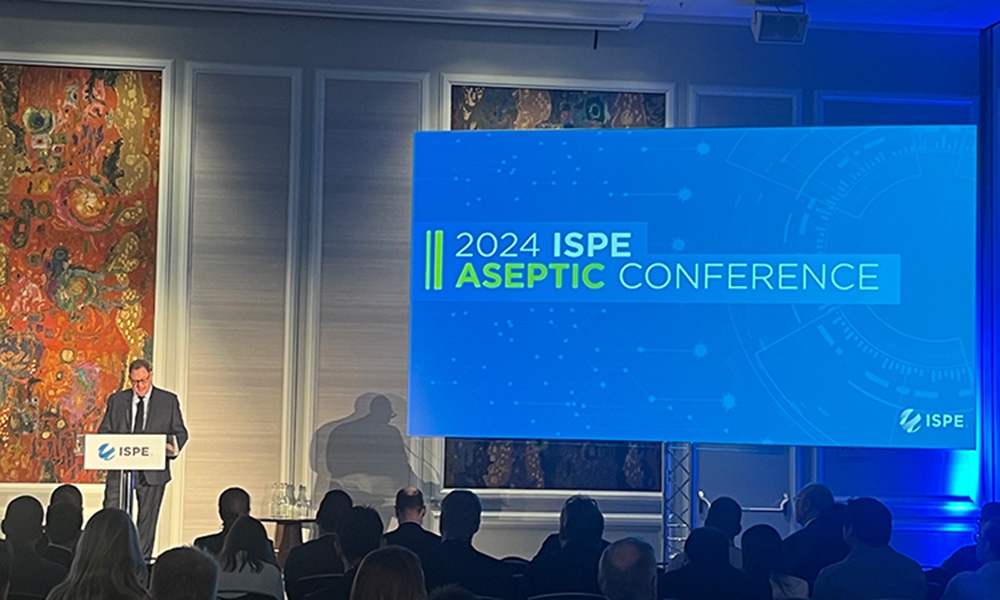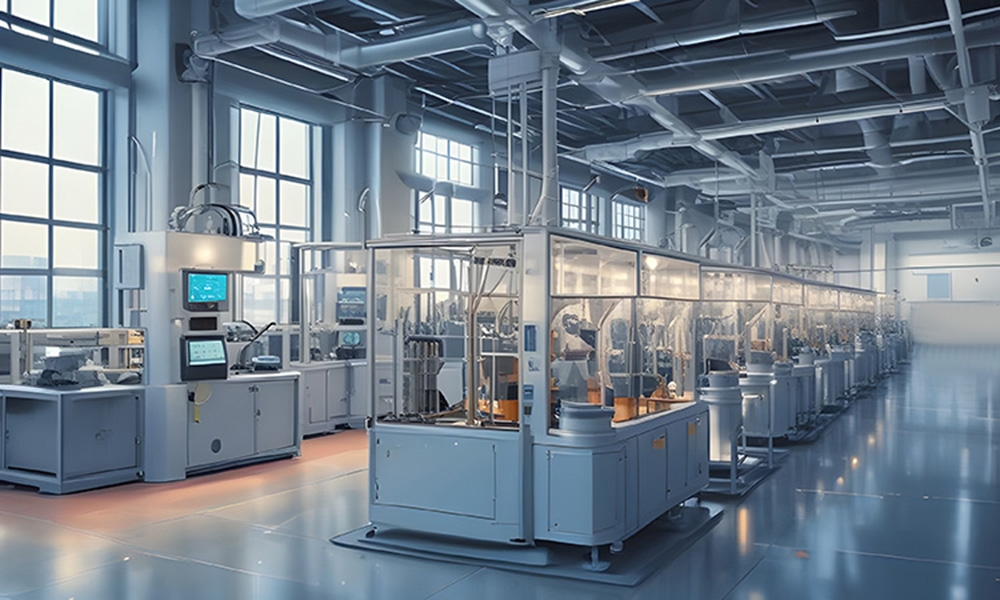Standardized Extractables Testing Protocol for Single-Use Systems in Biomanufacturing Part 1

This article presents a consensus standardized extractables testing protocol for single-use systems in biomanufacturing
This article was originally published in the November – December 2014 issue of Pharmaceutical Engineering® magazine. Click here for access to Part 2, Part 3, Part 4, and Part 5.
The Need
General requirements for extractables and leachables (E&L) are already mandated by regulatory agencies.1 -2 Biopharmaceutical companies must meet these requirements in demonstrating equipment suitability and GMP compliance whether the equipment is of traditional design or single use. However, because of the absence of specific regulatory requirements for extractables testing of single-use systems (SUS) components, companies have needed to generate SUS extractables testing methods by extrapolating from their interpretation of regulatory requirements for existing container closure testing methods.
Extractables testing studies conducted by suppliers of SUS for biomanufacturing comprise filling or soaking SUS components in model solvents, and testing the resultant extracts for compounds that were released to the solvent by the treatment. Exposure times and temperature ranges are extended to exaggerate the chemical conditions of actual use. However, there are currently no industry standards for such studies, and while solvents used are often more aggressive than what is typical in biomanufacturing, the full range of conditions encountered by SUS components in actual use is not always represented. In addition, this lack of standardization in extractables testing creates difficulties for end users in interpreting and comparing test data from different SUS suppliers.
Extractables testing study data provided by SUS suppliers must be well documented, reproducible, and readily interpretable in order for biopharmaceutical companies to use a scientific and risk-based approach in determining the readiness of various submissions to regulatory agencies. Current regulatory guidance1 -2 requires that biopharmaceutical manufacturers ensure the manufacturing systems do not adulterate the final drug product. The end users have used SUS extractables testing data and leachables evaluation to assess potential risks to patients of the use of these components in product manufacturing. If extractables testing data provided by an SUS supplier are not sufficient to perform adequate assessment of risks, it is the time-consuming process for the biopharmaceutical company to conduct their own studies to generate sufficient extractables testing data. This results in the same components being tested multiple times and delay in applications of SUS in biomanufacturing.
For a biopharmaceutical company to move a new drug molecule candidate through the clinical development process, the company first develops a position on the drug candidate that will be presented to regulatory agencies for concurrence. This position is applied to successive stages of the clinical development process, culminating in final process validation for commercial manufacturing and licensure. Regulatory guidance for process validation outlines three distinct stages: process design, process qualification, and process verification.3 Equipment design data for bioprocessing components, whether of traditional or single-use design, is required at each stage. Extractables testing is a key element of SUS equipment design. Reviewing data derived from extractables testing is the mechanism by which SUS suppliers ensure safety of the polymers used in fabrication of their products. This data is also the best means for end users to evaluate fitness of a given SUS component for use in their specific biomanufacturing processes.
SUS technology has numerous advantages for improving cycle time of biopharmaceutical products and in reducing overall manufacturing costs. Because it is in the interest of SUS suppliers, SUS end users, and patients in need of the biopharmaceutical products to accelerate the implementation of SUS components within the biopharmaceutical industry, a standardized extractables testing protocol with an agreed-upon set of testing methods to generate and analyze extracts is needed to establish common expectations among suppliers, end users, and regulators on the type of extractables testing data to be generated.4 The benefits of such standardization would include not only an enhanced ability of end users to make informed choices when comparing SUS components from various suppliers, but also would assist SUS suppliers in more efficiently selecting materials in line with end user needs and in controlling product variability.
BioPhorum Operations Group Extractables Work Group Proposal
The proposal outlining standardized methods for extractables testing of SUS components contained in this article was developed by the Extractables Work Group of the BioPhorum Operations Group (BPOG) and is based on results of a survey of 17 major BPOG member companies across 26 sites. As such, these recommendations reflect the broad SUS applications of end users at biopharmaceutical organizations that produce a diversity of biologic products in a variety of regulatory environments. The protocol covers the methods used for extractables testing studies, including sample preparation, extraction conditions, recording test article sampling conditions, and reporting data from analysis of extracts.
Integration of these proposals by SUS suppliers into their existing product life cycle management processes would be highly beneficial to suppliers to ensure that a comprehensive and consistent set of extractables testing data are readily available to biopharmaceutical end users. A draft of the proposal was previously provided to 10 SUS equipment suppliers and 10 contract analytical testing laboratories for feedback on the methods proposed. Each responding organization was encouraged to provide both a written response as well as to participate in discussion forums with members of the BPOG Extractables Work Group.
Receive part two straight to your inbox by subscribing to iSpeak.
Acknowledgements
The authors sincerely thank the more than 40 colleagues from 18 companies in the BPOG Extractables Work Group for their contribution in developing our proposal, and in particular the following individuals: Tony White, Director BioPhorum Operations Group; Gerry McAuley, Facilitator BioPhorum Operations Group; Bobbijo V. Redler, Ph.D. Associate Principal Scientist Merck & Co., Inc.; Nancy Sweeney, Senior Scientist MTS Gallus Biopharmaceuticals; Ping Wang, Ph.D. Principal Scientist Johnson & Johnson; Russell Wong, PhD Sr. Manager Manufacturing Sciences – Raw Materials, Bayer Healthcare; Sally A. Kline, Scientific Director Amgen; Cara Weitzsacker, PhD QC Senior Specialist Bayer HealthCare; Amy J. Stitt, M.S. Scientist I Bristol-Myers Squibb; and Robert Repetto, Senior Director External Affairs Pfizer. The authors appreciate the detailed constructive review of the manuscript from Dr. Duncan Low from Amgen and Dr. Dennis Jenke from Baxter. We also thank Terry Hudson from Genentech, Dr. Michael T. Jones from Pfizer for reviewing the article, and Jim Sayer from Amgen for providing useful input on gamma irradiation.
- 1 a b US Food and Drug Administration, Current Good Manufacturing Practice for Finished Pharmaceuticals, Equipment Construction, 21 CFR Part 211.65(a), 2013. http://www.accessdata.fda.gov/scripts/cdrh/cfdocs/cfcfr/CFRSearch.cfm?fr211.65.
- 2 a b European Commission, Good Manufacturing Practices, Medicinal Products for Human and Veterinary Use, 1998. http://ec.europa.eu/enterprise/pharmaceuticals/eudralex/homev4.htm.
- 3US Food and Drug Administration, Guidance for Industry Process Validation: General Principles and Practices, January 2011. Current Good Manufacturing Practices (CGMP) Revision 1. http://www.fda.gov/downloads/Drugs/Guidances/UCM070336.pdf.
- 4Mahajan E., T. Ray-Chaudhuri, and J.D. Vogel, “Standardization of Single Use Components’ Extractable Studies for Industry,” Pharmaceutical Engineering, Vol. 32, No. 3, 2012, pp. 1-3.



